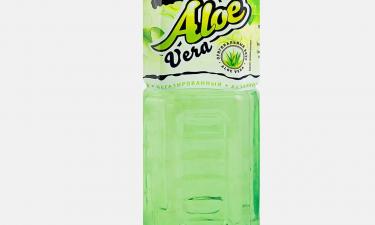Saturn‘s largest moon Titan has dramatic weather
Searching for signs of life on other planets—at least in our own solar system—has always been a bit of a fool's errand. Other than Mars, which may have been teeming with biology long ago but has dried to dust since, the planets look decidedly barren. But the moons may be another story. Some of the smaller bodies that circle our sibling planets are wet, hazy, and dense with organic chemistry and could be little cosmic nurseries. Of all of them, few top &to=https://english.pravda.ru/science/19/94/377/14858_titan.html' target=_blank>Saturn's giant moon Titan for pure biological potential.
Astronomers analyzing Titan's chemically rich atmosphere had long believed the moon could be an organically astonishing place, but until the Huygens space probe parachuted down onto the moon's surface last January, nobody knew for sure. This week, a flurry of seven papers were published on the website of the journal Nature, analyzing the data the ship was able to send home in the few hours it stayed alive on the bitterly cold world. That data confirmed everything astronomers had hoped might be true about the oddly Earth-like place, reports Time.
Subscribe to Pravda.Ru Telegram channel, Facebook, RSS!





